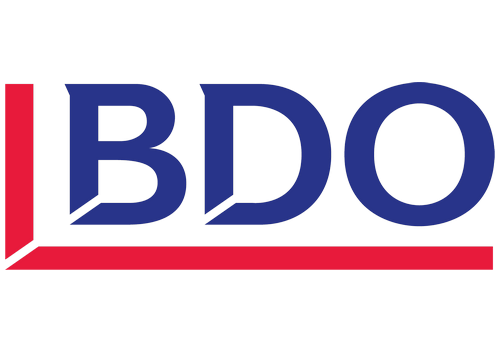Technology is constantly changing, and businesses must adjust to this fast-paced market. Companies can undergo a digital transformation to keep up with the evolving markets of technology and business.
Digital transformation is the process of using digital technologies to change how a business operates, generates revenue and delivers services. They can use tools like data analytics, artificial intelligence (AI) and cloud computing to transform one or more business areas to gain a competitive advantage.
However, incorporating this transformation can pose a few challenges, including internal resistance, underdeveloped strategies and changing customer expectations. With a basic understanding of the main areas of digital transformation, businesses can smoothly integrate digital tech into their processes.
4 main areas of digital transformation
The following digital transformation focus areas can profoundly impact a business.
1. Process Transformation
When businesses want to change their operational efficiency radically, they can pursue process transformation. This transformation involves enterprises reimagining and optimizing their internal operations using digital technologies. The tech used can then help make business processes more agile and responsive.
Take robotic process automation (RPA) for example. This AI-driven process automation can handle routine tasks and help enhance process efficiency as a result. Think of an AI-powered chatbot that sends automated responses. An intelligent chatbot may aid in customer service and save time.
Process transformation can happen through these steps:
- Define business goals: Identify the goals you want to achieve and tailor this transformation to fit these objectives. Understanding your goals can help facilitate decision-making.
- Assess existing processes: Break down your current processes and determine the areas for improvement. Collect data from these processes and establish baseline metrics.
- Select your software solution: Use your business goals and base metrics as factors while searching for a software solution. Various digital tools and tech can change how your company operates.
- Implement the changes: Gradually introduce the new tools and processes with small teams and slowly expand to larger ones. Provide employees with sufficient training and support.
- Monitor and adjust: Keep a close eye on the newly implemented changes and implement any adjustments required.
2. Business Model Transformation
A business model transformation is a more drastic approach than a process transformation. This strategy shifts traditional business models to more innovative models that utilize digital platforms.

For example, a company can invest in a cloud computing model to facilitate its scalability requirements and infrastructure costs. Businesses that use cloud computing can enhance collaboration within and outside the organization, all thanks to seamless access and data sharing across various teams and devices.
Additionally, data analytics can offer business executives invaluable insights. Insights such as market trends, consumer behavior or operational performance can completely change a business's operations. Business owners can make swift decisions based on real-time data — foreseeing trends and creating preemptive strategies. Marketing teams can utilize these analytics to personalize marketing.
It is worth noting that if you opt for a business model transformation, you must conduct thorough market research.
3. Domain Transformation
Businesses opt for domain transformation when they use digital tech to enter a different industry or domain. As such, they create new products, services or even business processes to place their mark on the new market.
Analytics can help guide businesses during this transformation. Data on industry landscapes, trends and customer behavior can help decision-makers navigate and identify new market opportunities.
AI and automation can also aid in domain transformation. Automation tools can help integrate new operations into existing business models to help optimize workflows. With AI-driven automation, companies can quickly adapt and scale their processes to transition smoothly into a new market or industry.
Of course, cloud computing provides the necessary infrastructure to scale into new sectors. Businesses can quickly shift their operations and data to the cloud, allowing them to explore new territories without the risk of steep initial investments.
4. Cultural and Organizational Transformation
The final main area of transformation might be the most important one — cultural and organizational data. This transformation requires a business to reshape its values, behaviors, mindset or structure, which waterfalls into a change in an organization's culture. An example of an organizational change is when companies create a remote work culture through the cloud.
This area of transformation can be challenging. Companies pursuing a cultural or organizational transformation must align their goals and values with their employees. A company's culture is a deeply-rooted system that requires time, resources and patience to change. Business executives must encourage teams to adopt and adapt to these changes. Continuous learning can help with adaptability to a changing work ecosystem.
Communication is critical here. Employees may be more flexible if they understand why change is needed and how they can achieve it. Business leaders themselves must be the role models of this change.
If you are interested in effectively transforming your business and would like support in managing change, please contact us today. Our team of experienced professionals is ready to help you activate digital initiatives and successfully implement the necessary changes to meet the new challenges of your business.
Source BDO Global.


























